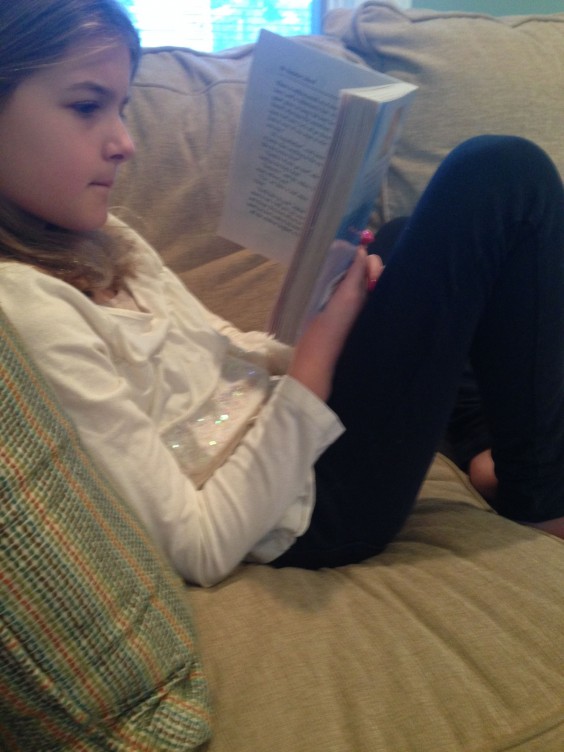
Amanda at the beautiful The Habit of Being recently directed me to Rebecca Solnit’s piece ‘Diary’.
I began reading the essay on the computer and quickly realized I needed to print it out so I could read slowly, mark passages, take notes and add exclamation points. As I read Diary, I felt like the child who hasn’t learned to properly highlight yet. I was underlining and circling that a madwoman.
Solnit begins with “When I think about, say, 1995, or whenever the last moment was before most of us were on the internet and had mobile phones, it seems like a hundred years ago.” And does it ever. Rob and I talk often about how we were just out of college when everything changed. We are part of the last group of kids who had to go to the computer lab to write papers and rely on the phones in our dorm rooms to make plans.
So very much changed so very quickly.
Solnit first writes an ode to the handwritten letter and time at the movie theatre.
She writes lines such as “It was exciting to get a letter: the paper and handwriting told you something, as well as the words.” and “It used to be the case that when you were at a movie, you were 100 percent there, in the velvety darkness watching lives unfold in flickering light.”
And then there’s my favorite ode. The ode to the non-mobile phone. I remember sitting still for hours talking and talking and talking while doing nothing else. Our children will never know that feeling. Solnit writes, “On them people had long, deep conversations of a sort almost unknown today, now that phones are used while driving, while shopping, while walking in front of cars against the light.”
After this walk down memory lane, Solnit does address all the wonderful things that these new technologies have brought to us. She writes about voices without censorship and connections found that would otherwise be lost. Then though, she writes what I think is one of the big takeaways from this piece,
“I think of that lost world, the way we lived before these new networking technologies, as having two poles: solitude and communion. The new chatter puts us somewhere in-between, assuaging fears of being alone without risking real connection. It is a shallow between two deep zones, a safe spot between the dangers of contact with ourselves, with others.”
This is it isn’t? With all our time spent on social media, we are never quite alone but we are also rarely connected. I know when I am bored, I hop on to Facebook, Twitter or Instagram and immediately feel like I am in a conversation. The dirty little secret though is that I am not. I am still alone.
And then there’s the constant distraction and the onslaught of constant information. Solnit writes, “There is so much information that our ability to focus on any piece of it is interrupted by other information, so that we bathe in information but hardly absorb or analyze it.”
Toward the end of the piece, Solnit talks to my generation specifically. She notes the older people who spend less time on social media and technology and the younger people who have grown up in this life and then she addressed me as she writes,
“But those of us in the middle feel a sense of loss. I think it is for a quality of time we no longer have, and that is hard to name and harder to imagine reclaiming. My time does not come in large, focused blocks, but in fragments and shards. The fault is my own, arguably, but it’s yours too- it’s the fault of everyone I know who rarely finds herself or himself with uninterrupted hours. We’re shattered. We’re breaking up.”
I read through to the end of the piece, voraciously waiting for Solnit to shine a bit of light at the end. I waited for her to write a 12 step plan out of the ‘connected yet disconnected’ distracted life we are living. Sadly, she did not. Perhaps, her plan is simply to encourage us to think about it and in this greater sense of awareness will come change. Maybe? I guess I will cross my fingers and see.
Read more
 5. I am so glad that I went to my book club today even though I didn’t love the book. I got so much out of the discussion that it’s making me re-think my evaluation. Discussion and reading books that I wouldn’t otherwise read are what makes book clubs great.
5. I am so glad that I went to my book club today even though I didn’t love the book. I got so much out of the discussion that it’s making me re-think my evaluation. Discussion and reading books that I wouldn’t otherwise read are what makes book clubs great.






































